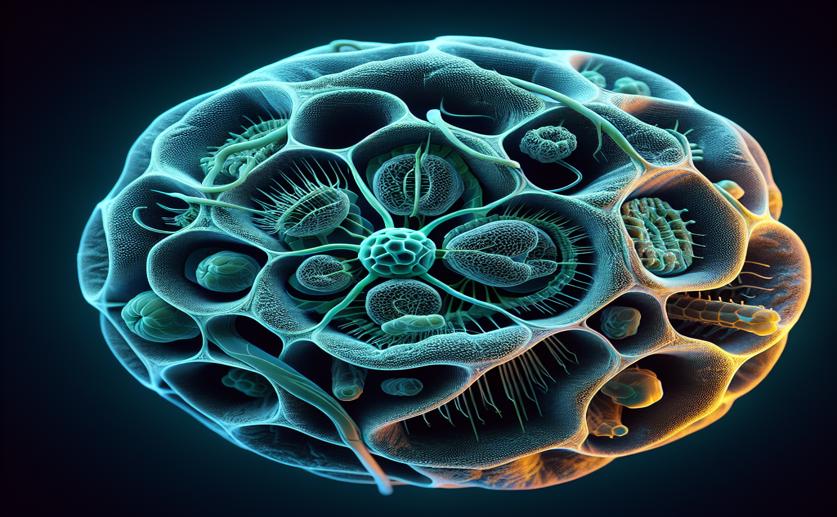
Deep Learning Tool Separates Plant Cells in 3D X-ray Images
Jenn Hoskins
21st January, 2024

Image Source: Natural Science News, 2024
References
Main Study
1) Automatic 3D cell segmentation of fruit parenchyma tissue from X-ray micro CT images using deep learning.
Published 19th January, 2024
https://doi.org/10.1186/s13007-024-01137-y



 9th January, 2024 | David Palenski
9th January, 2024 | David Palenski